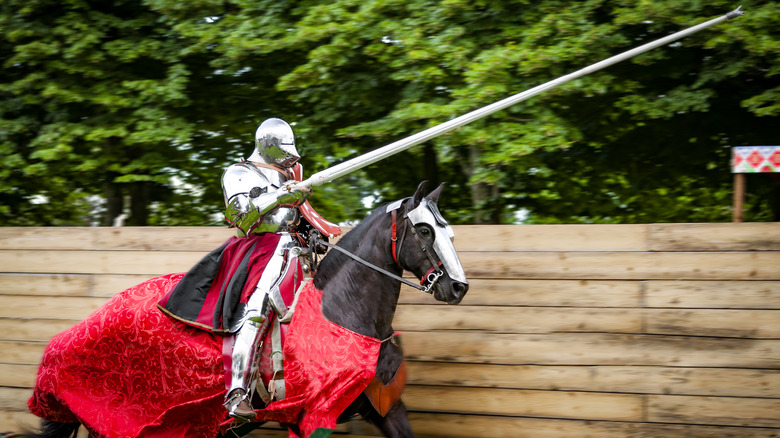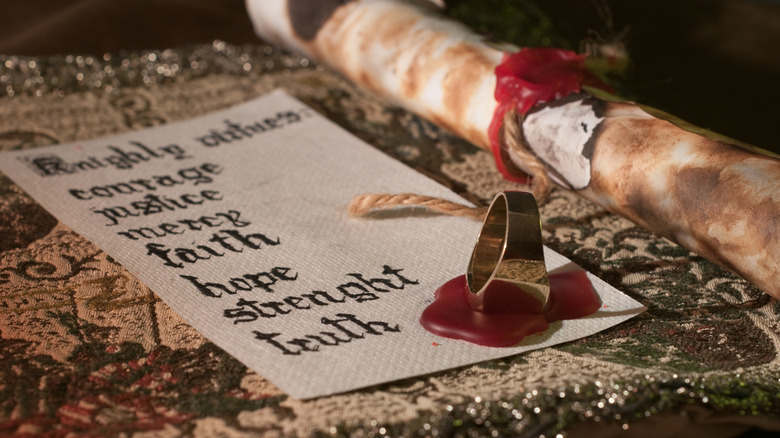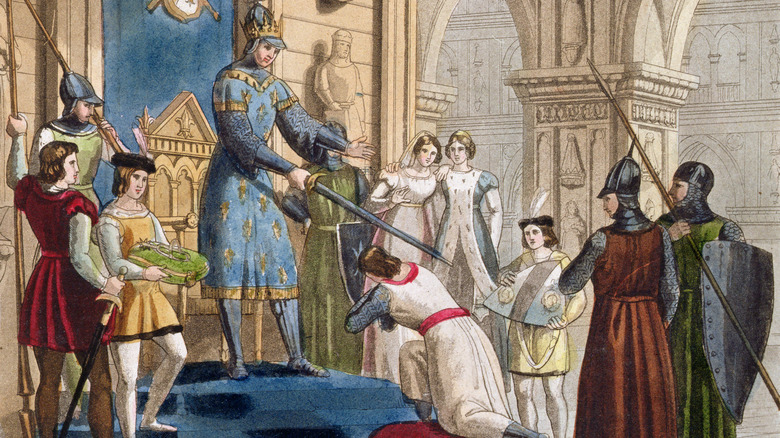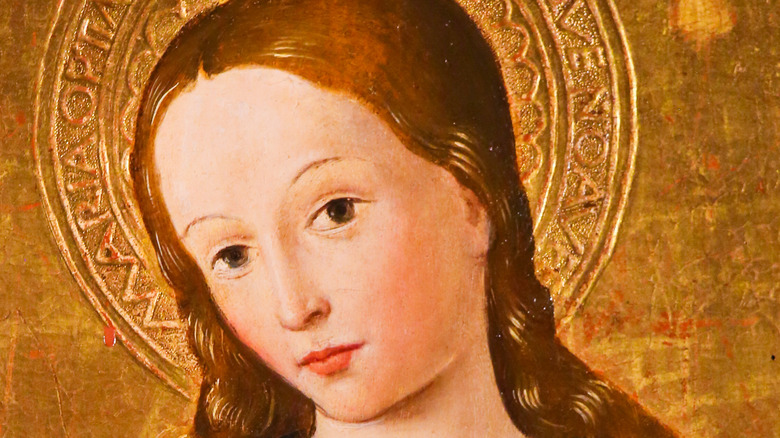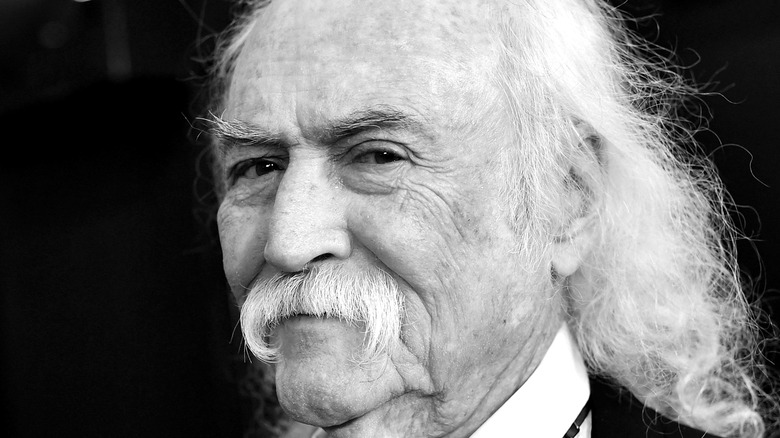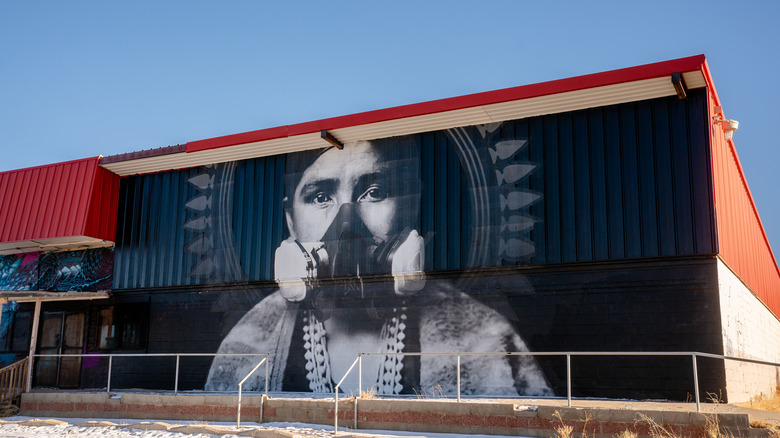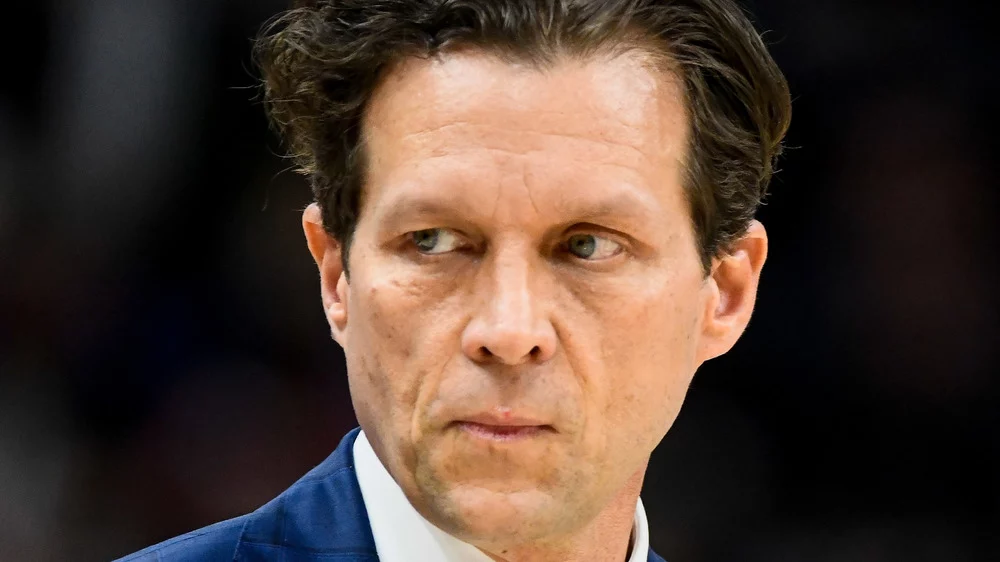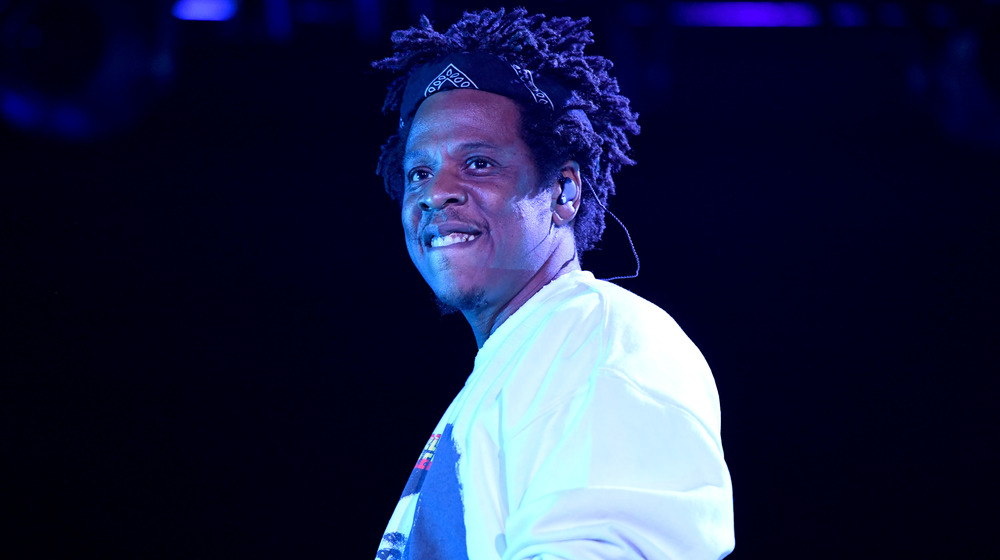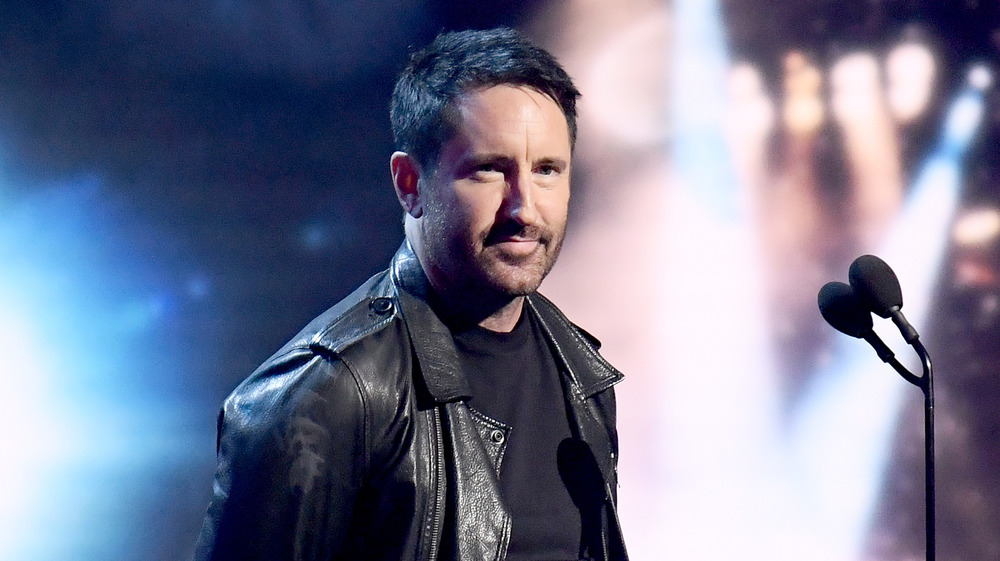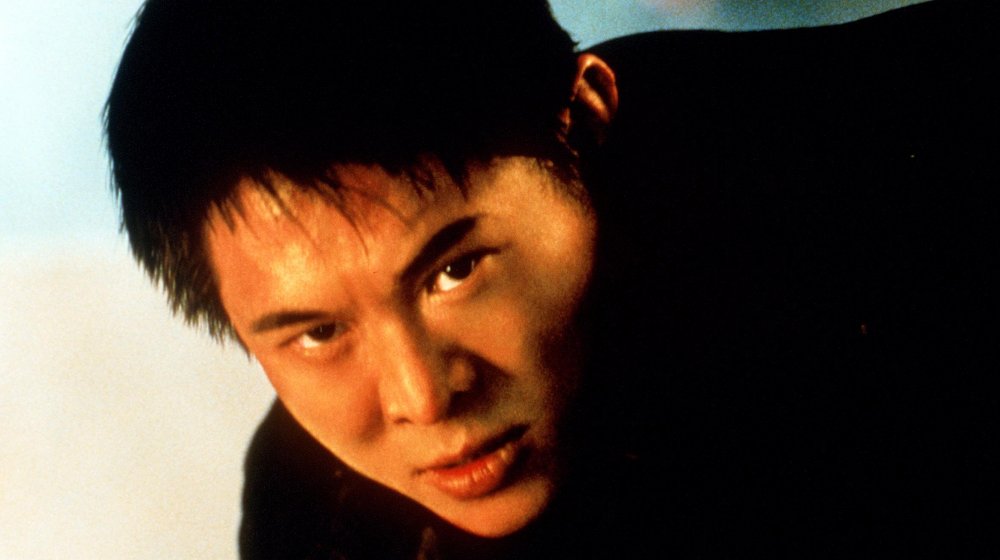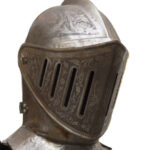
The Truth About Medieval Knights’ Grueling Training
When you think about the Middle Ages, perhaps a knight immediately comes to mind. They are depicted as gallant and chivalrous heroes riding steeds, with metal protecting their bodies — thus the phrase “knight in shining armor.” But their duties were far from just saving damsels in distress, as seen in fairy tales. Medieval knights are part of an elite group of soldiers who led battles, usually on horseback, and were trained to use different types of weaponry. However, not everyone could just sign up to be one, per Medieval Chronicles, as only boys of noble birth were given the chance to become medieval knights.
The road to becoming a knight was long and entailed rigorous years of training. Boys started as pageboys at the age of 7 and are sent to live with lords. They learned menial tasks such as serving ladies and lords. They also played sports and games that were geared toward improving their skills in riding a horse and handling different weapons, according to Lords and Ladies. Other tasks included cleaning armor and caring for horses, in addition to their academic studies. Through these activities, pageboys were able to improve their strength and physical fitness to prepare for the more extensive training later on.
The real knight training begins
Pageboys were then elevated to squires at about 14 to 15 years old, and it is at this time that their real training as knights began. A squire was mentored by a medieval knight — an on-the-job training of sorts. At this point, squires are expected to be battle-ready, but they still continue to hone their skills with handling real weapons, as opposed to the wooden weapons they used as pageboys. Per Ducksters, squires were allowed to accompany knights on the battlefield, often given the task of holding shields.
Squires were left injured and bruised after training, as they were required to be extremely skilled in using the lance and shield as well as riding a horse while carrying weapons. This was no easy task at all, as the lance measured about 8 to 10 feet long, and guiding a horse using only your feet is a difficult feat to master (via World History). Add to that the burdensome weight (up to 55 pounds) of full-body metal armor, and you have the perfect picture of a knight.
Training also entailed using the quintain, a rotating pole with a dummy and shield. Oftentimes, sandbags were attached to the dummy’s arms. Squires must charge the dummy on their horse and get it to rotate, being careful not to be hit by the sandbags and get knocked off their horse, per Medieval Life and Times.
The Code of Chivalry
Not all of the training to be a knight was focused on physical aspects. Squires also studied the Code of Chivalry, which states how a knight should comport himself. Descriptions of the Code of Chivalry have differed throughout the years, but they all guided squires on how to conduct themselves in and out of battle when they become knights (per Medieval Chronicles).
Per an article posted by State College Area School District, some of the chivalric codes included speaking the truth at all times, living by honor and for glory, fearing God and his church, and respecting the honor of women. Knights were also required to have good manners and be generous to the less fortunate, among other things. The Code of Chivalry was an important part of being a knight, so much so that failure to adhere to the code typically resulted in losing their knighthood, according to World History. This not only affected the knight, but also the reputation of the knight’s family.
The knighting ceremony
After years of blood, sweat, and tears, those who successfully proved their abilities would go on to become officially knighted. This usually happened at about the age of 21, though some were knighted as early as 18 years old. The ceremony was also called “dubbing,” wherein the squire knelt before a lord, knight, or king to be knighted. The dubber will then tap the shoulder of the knight-to-be with a sword. According to Medieval Chronicles, the new knight’s father would then say a few words: “Go fair son be thou a valiant knight and courageous in the face of your enemy and be true and upright that God may love thee.”
The knighthood ceremony itself varied from case to case. In some situations, they were simple and quick, while in others, the ceremony might take place together with special occasions, with feasts and grand celebrations. There were also instances, albeit extremely rare, wherein squires were knighted right on the battlefield if they had done something exceptional during a battle that was believed worthy of knighthood.

How The Mob Was Involved In The Fishing Industry
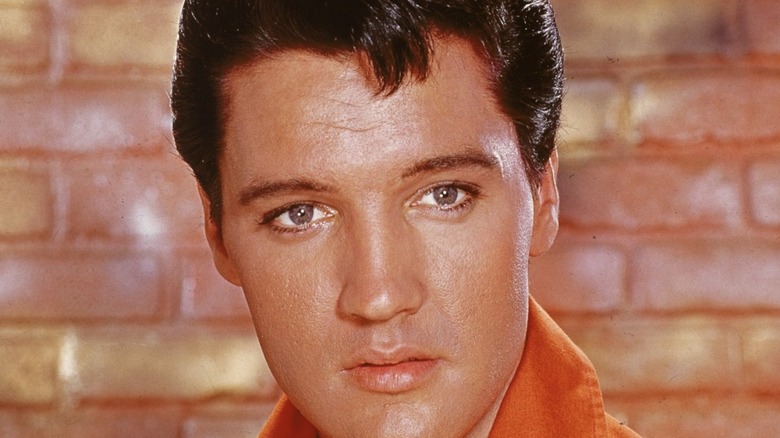
Here's Who Inherited Elvis' Fortune After His Death
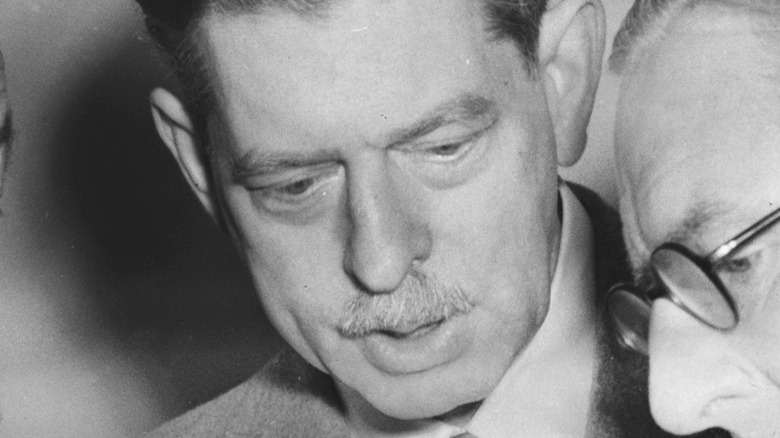
Why King Carol II Of Romania Renounced His Title
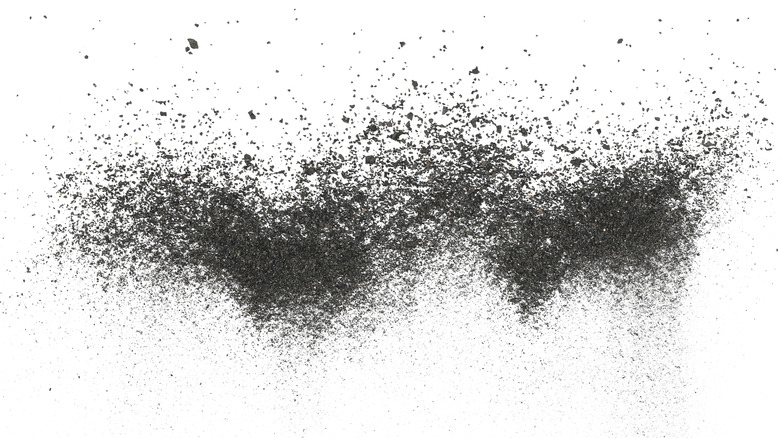
Why Urine Was Once Used To Make Gunpowder

What You Should Know About Alien Invasion: Hudson Valley's Ben Hansen
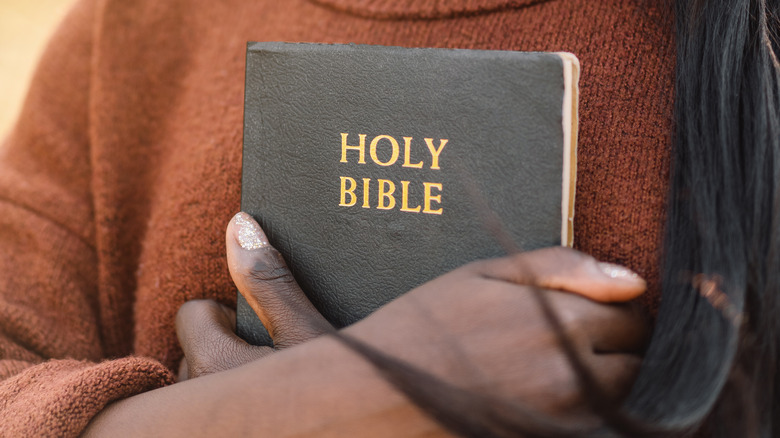
What The Number 4 Really Means In The Bible

Why Biological Immortality May Be Impossible

How Hall And Oates Really Felt About Their '80s Music Videos

The Tragic Death Of Rob Pilatus

How George Michael's Last Partner Thinks He Actually Died
